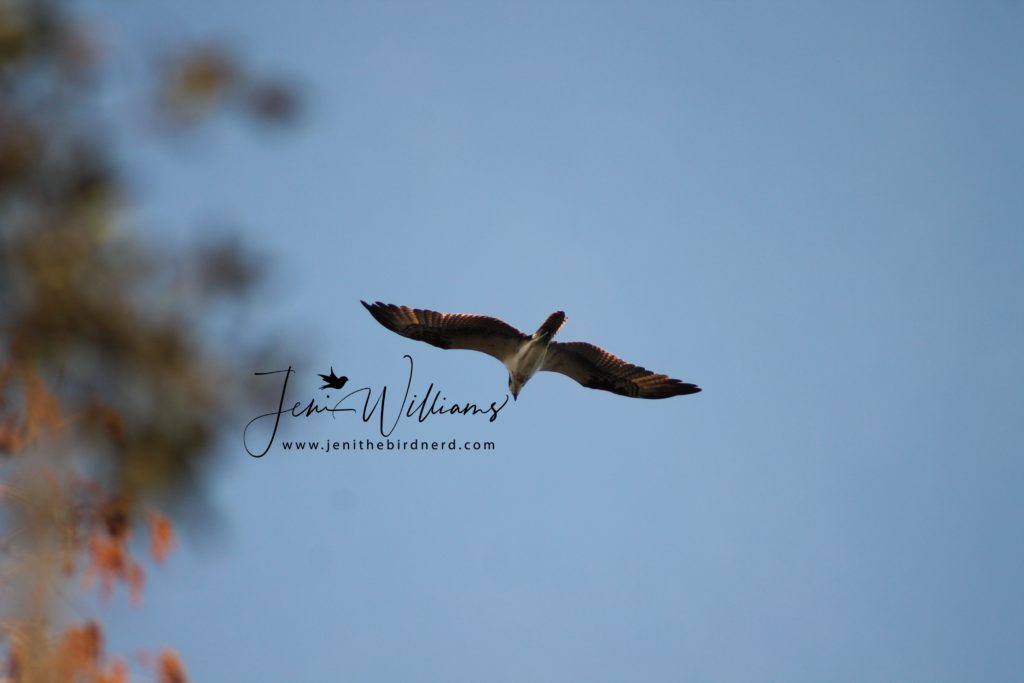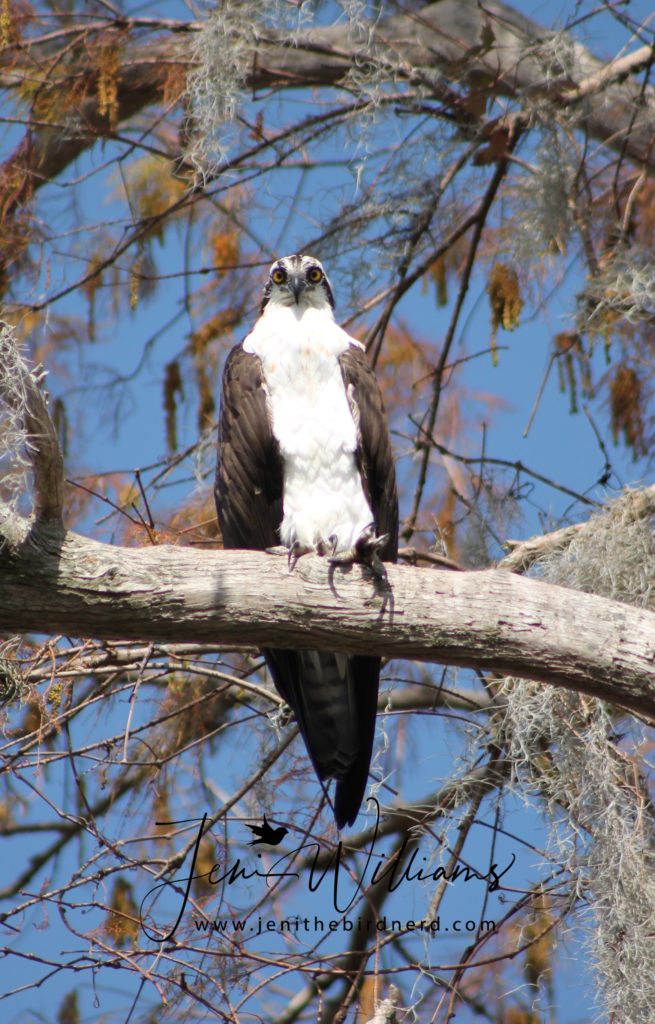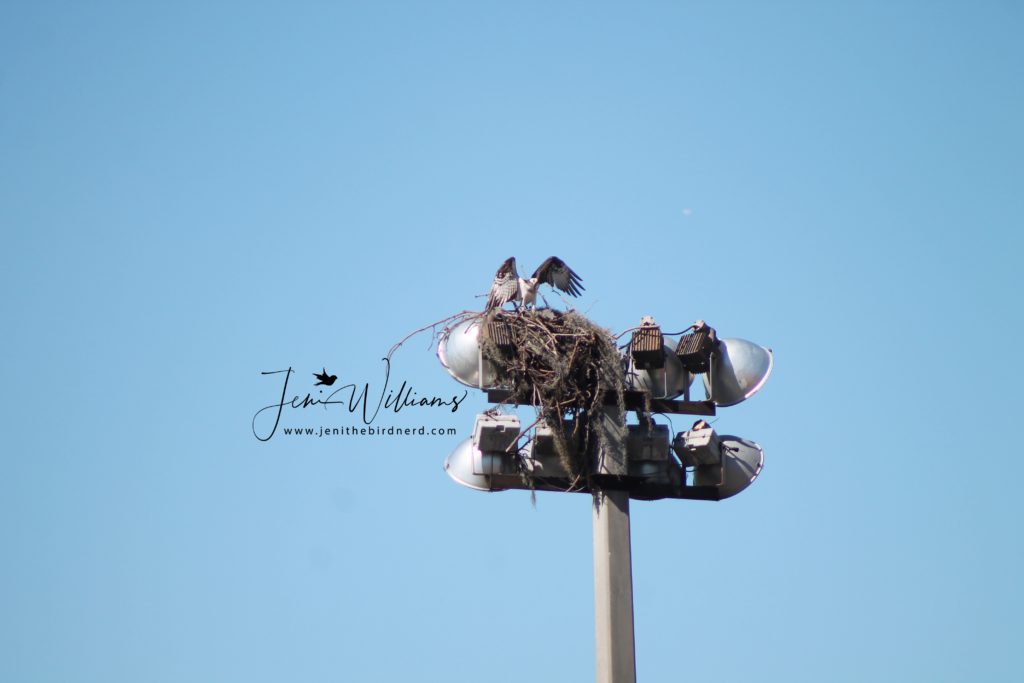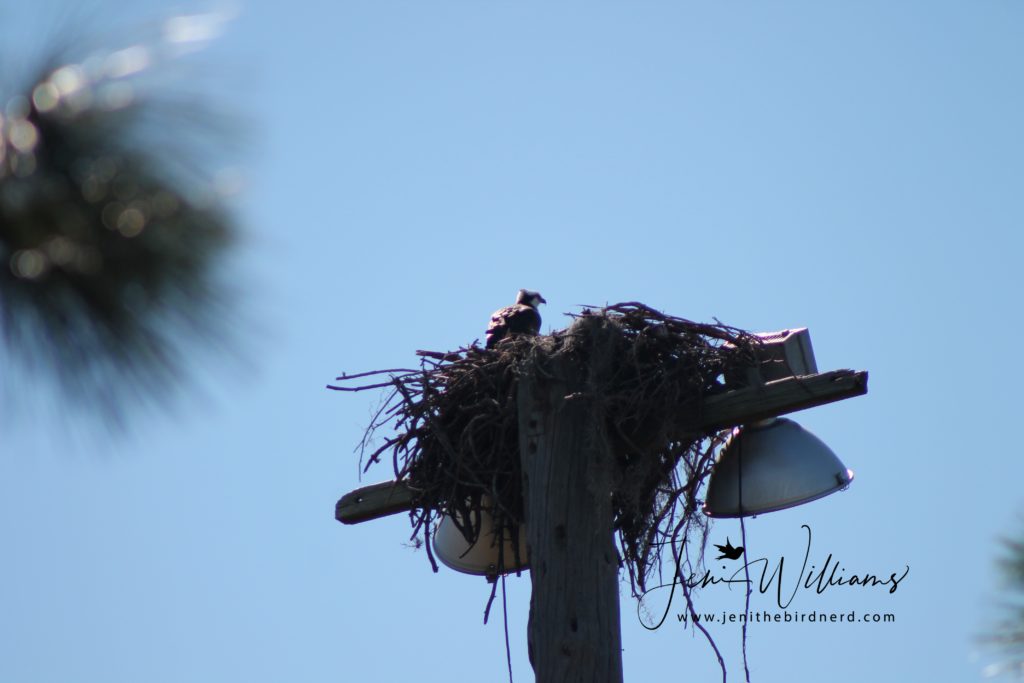While vacationing in Florida last week we went to one of my favorite nature preserves in central Florida, Circle B Bar Reserve. Circle B is a 1,267 acre parcel of land that used to be a cattle ranch; Polk County and the Southwest Florida Water Management District acquired the land in 2000 and it has been operating the land as a wildlife reserve since.
This is the second time I’ve visited Circle B and it once again, didn’t disappoint. I’m not going to put all of my pictures up at one time rather I’ll spread them out over several posts highlighting some of the birds that we also have here in Michigan.
The first subject I’d like to focus on is the Osprey. Osprey are a member of the hawk family, I did not know this until I did some research on them. Osprey are very distinctively identified by their shape; they have slender bodies, long wings and long legs. When in flight their wings never fully extend so when soaring, they have an “M” shape to them looking up at them from the ground. In the picture below, you can see the “M” shaped to their wings. If your arm was the bird’s wing, it would be our elbow joint.

Osprey are brown on top and white underneath. Their heads are white with a brown streak that runs near their eye. Their wings are mainly white with brown splotches near their wrists. Both, males and females, are approximately 21 – 23″ in length; weigh 49 – 70 grams; and have a wingspan of 49 – 80″. To give you some perspective on their size, they are smaller than a Bald Eagle but larger than a Red-tailed Hawk.

You can typically find Osprey around bodies of water as their primary diet is fish. They will nest on poles, dead trees and platforms, including radio and cell towers. Their nests are very distinctive as they are made of sticks. Where we were staying in Florida there was a baseball complex just down the street and in the vicinity of the four baseball fields, I counted three Osprey nests on top of the light poles. The two pictures below show their nest types and show that they will nest on poles.


The female Osprey lays a clutch of 1-4 cream to pinkish cinnamon and spotted with reddish brown speckles, colored eggs, 2 – 2.5″ in length. The eggs incubate for 36 – 42 days and they will only raise one brood of chicks each year. Like eagles, Osprey will continue to use the same nest and add to it year after year provided they like the location and that there is ample food supply nearby.
In some states Osprey are on the endangered species list due to the same reasons as the Bald Eagle, because of pesticide use, but they are making a huge comeback. It’s estimated that there are 500,000 breeding population throughout the world. In Michigan, Ospreys come here to breed and raise their young and migrate to Mexico and Central America for the winter months. Some of our most southern states have Osprey as residents year-round.
This summer if you’re around bodies of water keep a watchful eye for Osprey gliding above.
